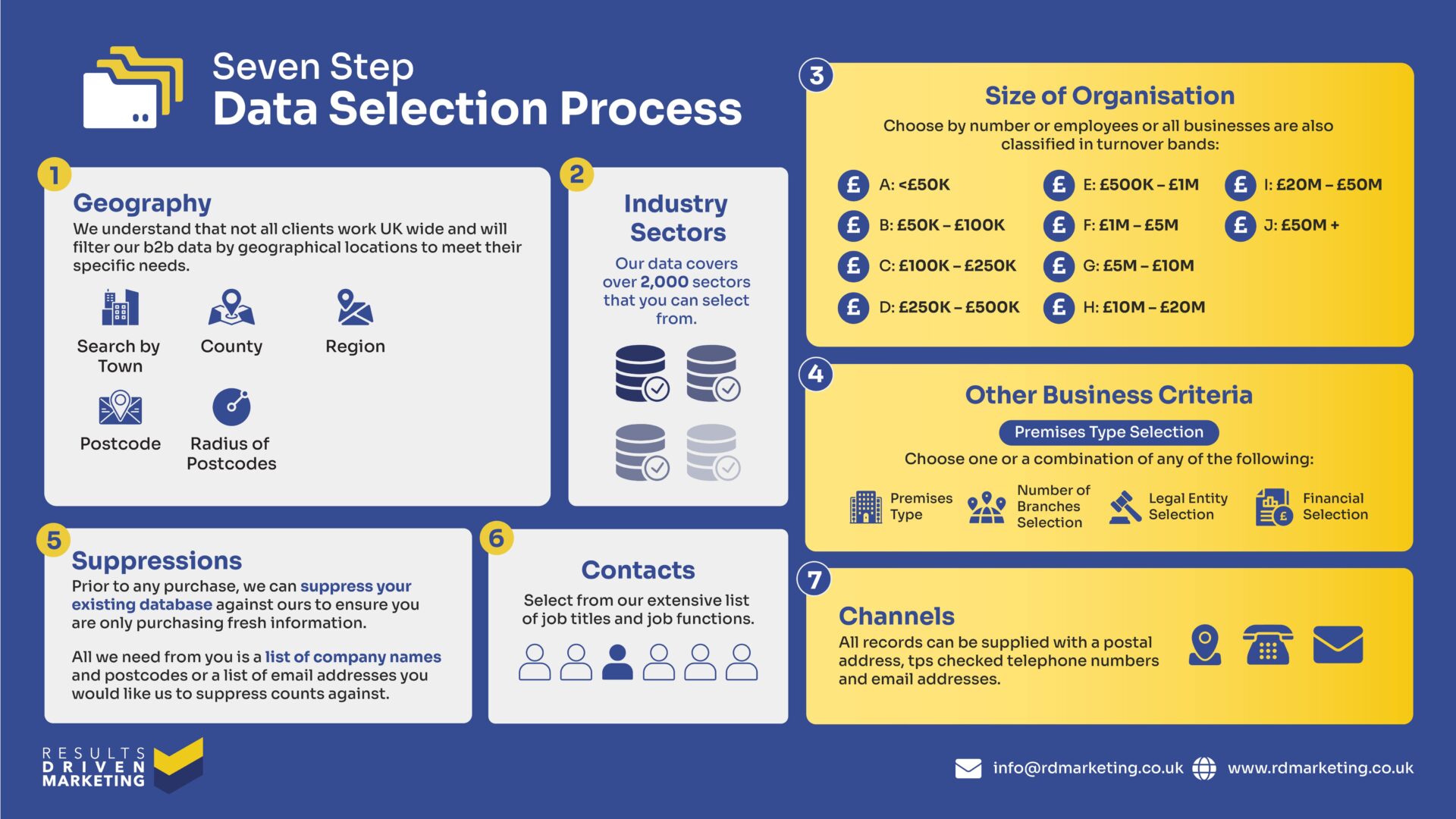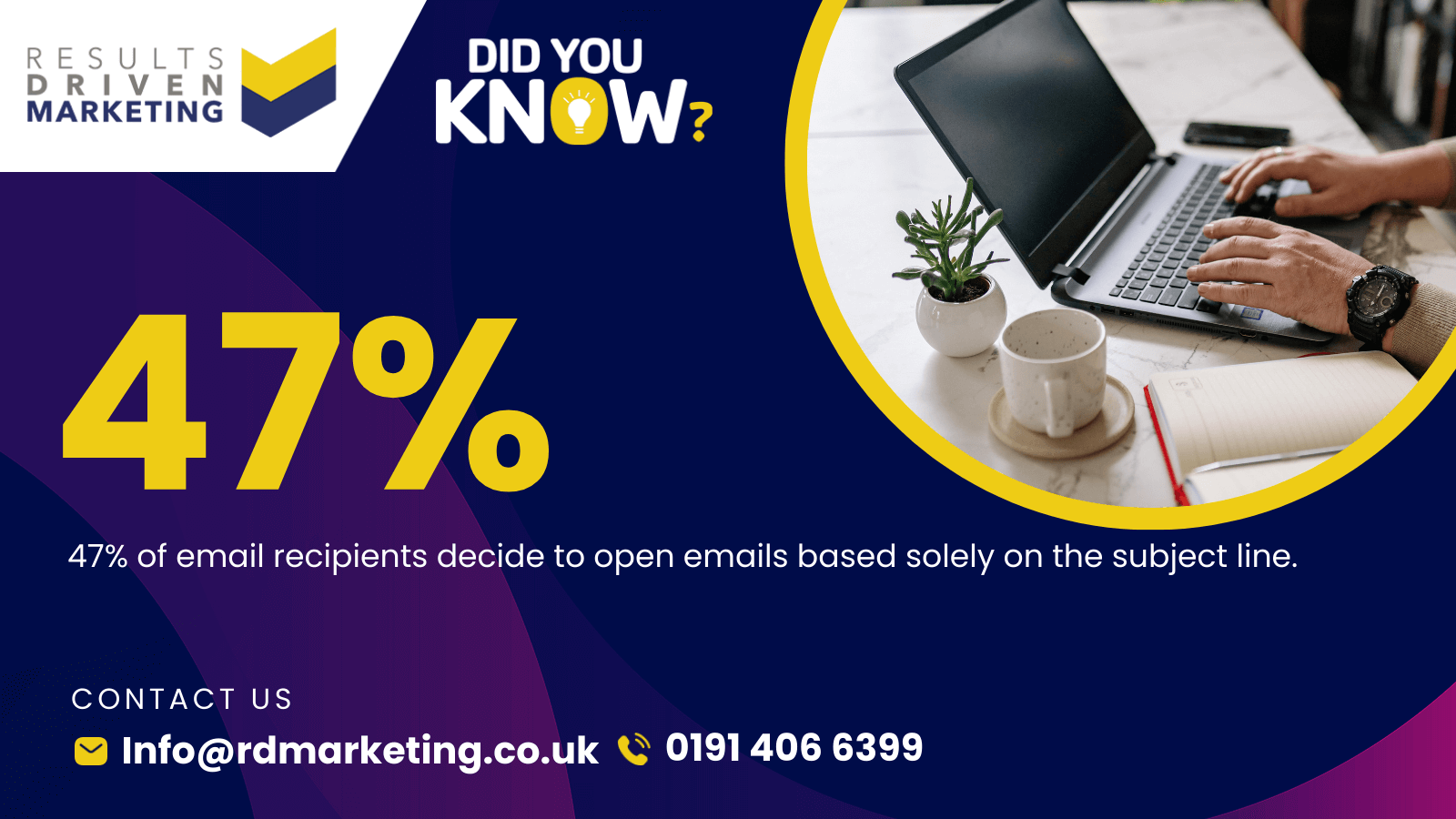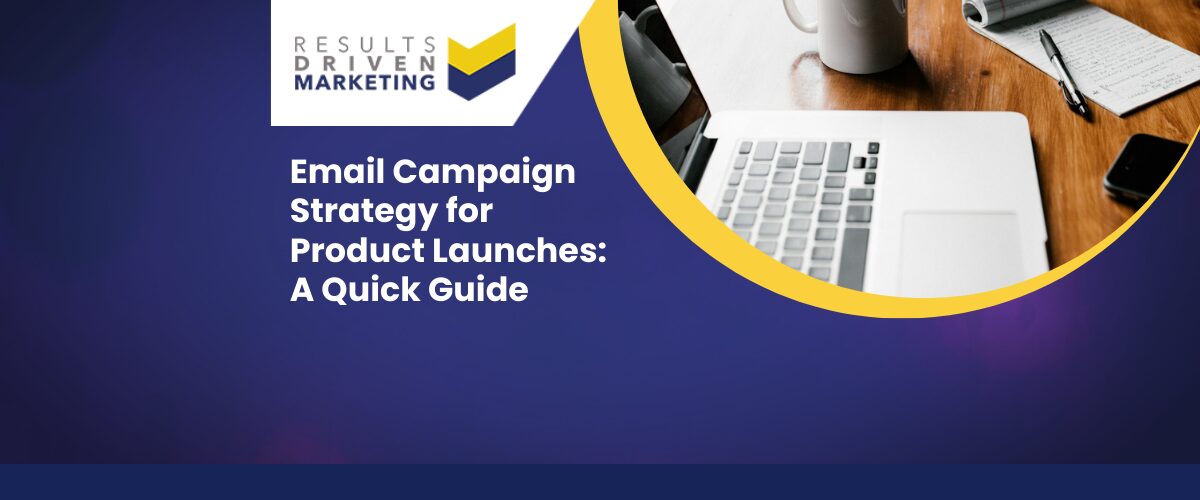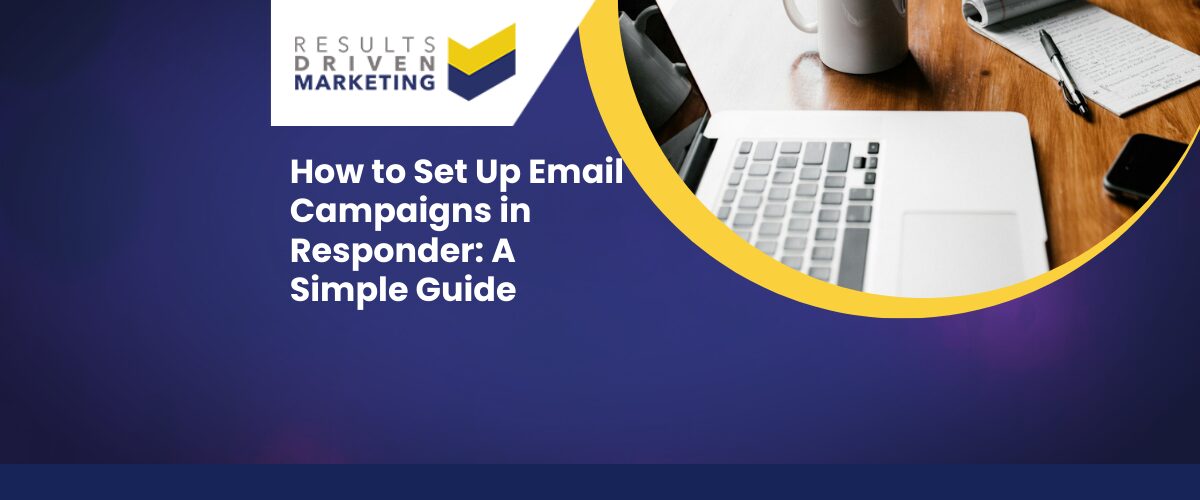Best Practices for Testing and Refining Subject Lines
Crafting effective email subject lines isn’t a one-and-done deal. To truly succeed, ongoing testing and refining are essential parts of the process.
Each audience is different, and even small tweaks to your subject lines can significantly impact open rates and engagement levels. By consistently testing and refining, you’re not only learning what works best for your readers—you’re also optimising your email campaigns over time for the highest possible ROI.
Why Testing Is Important
The reason for continuous testing is simple: audiences evolve. What resonates one month might not work the next, especially as trends, preferences, and inbox habits shift.
Regularly testing your subject lines allows you to keep up with these changes, ensuring your emails continue to reach and engage the right people. Plus, refining your approach based on data helps you maximise the value of each direct mail data or B2B data list you use.
For instance, testing variations in tone, word choice, or length can reveal what type of subject line your specific audience responds to best. If you’re working with our email address list services, refining your subject lines helps you better connect with that tailored group of recipients.
The Subject Line Testing Cycle
To build effective email subject lines, it’s helpful to establish a structured cycle of brainstorming, drafting, testing, and refining. This process ensures you’re consistently improving and can easily adapt to changes in audience behavior.
Brainstorming Ideas
- Gather ideas based on previous email performance, industry trends, or recent campaigns.
- Try different approaches, such as personalisation, urgency, or curiosity, and keep a list of potential ideas.
- Keep your consumer data or other segmented lists in mind to ensure each idea aligns with your audience.
Drafting Multiple Versions
- Create two or three variations of each subject line idea.
- Experiment with length, tone, and specific keywords to see which combination might resonate best.
- Ensure the tone is appropriate for the campaign, whether it’s informational, promotional, or urgent.
Testing Subject Lines (A/B Testing)
- Send each variation to a small portion of your email list to measure initial performance.
- Look at open rates and click-through rates to determine which version performed better.
- Consider using our email marketing management services for easy A/B testing and tracking.
Refining Based on Results
- Review your data to see which subject line had the highest open and click-through rates.
- Note any patterns, like word choices or structures that work well.
- Use this feedback to guide future brainstorming sessions, so each new test builds on your previous successes.
How Often to Test and Update Subject Lines
To keep your email strategy fresh and effective, consider testing and updating your subject lines on a regular basis. Here are some general guidelines:
- Monthly Updates: Refresh subject lines at least once a month, especially for recurring campaigns. This keeps your audience engaged and prevents “subject line fatigue.”
- Seasonal Adjustments: Adapt your subject lines for seasonal campaigns, holidays, or special events. Adjusting for timeliness can increase open rates.
- Quarterly Deep-Dive: Every quarter, conduct a more in-depth review of all your subject line data. Look for overarching trends, such as whether personalisation or urgency performs better, and adjust your strategy accordingly.
With testing and continuous improvement, you’ll keep your subject lines relevant and appealing. At RD Marketing, we’re here to help you make the most of your campaigns with tools like our CTPS checker to ensure compliance, and data enrichment services for deeper audience insights, enabling you to craft even more effective email subject lines.
Common Mistakes to Avoid with Email Subject Lines
Crafting effective email subject lines requires more than creativity—it calls for precision and strategy. Unfortunately, it’s easy to make mistakes that can impact how your emails perform. Let’s look at some common errors that often slip into subject lines and how you can avoid them to maintain clarity, authenticity, and a solid brand reputation.
Avoid Overly Complex Language
One of the most frequent mistakes marketers make is using complex or convoluted language in subject lines. The goal of effective email subject lines is to get to the point quickly and make an immediate impression. If your subject line is too long or filled with jargon, readers may feel overwhelmed or lose interest.
- What to do instead: Use simple, direct language. Make sure the main message is clear within the first few words.
- Example: Rather than saying, “Discover multifaceted strategies for driving growth,” try “Top strategies to grow your business fast.”
Whether you’re reaching out to our B2B data list or engaging with a more general consumer data audience, clarity is essential.
Lack of Clarity and Specificity
Vague subject lines can lead to low open rates because they don’t give the reader a clear reason to open the email. If the subject line doesn’t communicate value or pique curiosity, it’s unlikely to stand out in a crowded inbox.
- What to do instead: Be specific about what the email offers. Consider including details like numbers, a benefit, or a unique point that speaks directly to your audience.
- Example: Instead of “Check out our latest offers,” use “Save 20% on your next purchase—today only!”
For campaigns targeting a segmented email address list, specifics matter because they help address the unique needs or interests of that particular audience.
Using Misleading or Clickbait Tactics
Clickbait might seem tempting, but using misleading tactics can harm your brand reputation over time.
If readers open an email expecting one thing and find something else entirely, they may lose trust in your brand. While clickbait can occasionally lead to a quick bump in open rates, the negative impact on long-term engagement and trust isn’t worth it.
- What to do instead: Keep your subject line honest and aligned with the content. Authenticity builds trust, and trust leads to engagement.
- Example: Avoid phrases like “You won’t believe what happened next!” unless it genuinely fits. Instead, try a straightforward approach like “How to boost your open rates—simple steps inside.”
Using accurate and trustworthy language is especially important for specialised email lists, like our international email list or telemarketing data list, where customers expect professional, relevant communication.
Ignoring Spam Triggers
Spam filters are often activated by certain words and phrases commonly associated with promotional or “too good to be true” messages. Including terms like “free,” “guaranteed,” or “risk-free” can cause your email to go straight to the spam folder, meaning readers won’t even see your message.
- What to do instead: Avoid overly promotional or “salesy” language, and aim for a tone that feels natural and helpful.
- Example: Instead of “100% guaranteed free trial!” try “Get started with a no-risk trial.”
For campaigns with high stakes, like those managed through our email marketing management services, taking extra care to avoid spammy language helps ensure your emails reach the inbox.
Failing to Test and Refine
Not every subject line will be perfect on the first try. Without testing, it’s hard to know which language, length, or tone resonates best with your audience.
Testing subject lines and refining them based on results is a crucial step many overlook, leading to missed opportunities for engagement.
- What to do instead: Regularly test and refine your subject lines. Try different variations, including personalised vs. generic, longer vs. shorter, and playful vs. professional.
- Pro Tip: Use tools like our CTPS checker to verify compliance and stay clear of spam filters as you test new approaches.
By avoiding these common mistakes, you can create effective email subject lines that not only stand out but also uphold the credibility and reputation of your brand.
And if you ever need help with reaching the right audience or enhancing the quality of your data, our services like data cleansing and data enrichment are here to support your success in email marketing.
Conclusion and Key Takeaways
Creating effective email subject lines is crucial to maximising the success of your email marketing campaigns.
From personalising for a unique connection to avoiding spam triggers, the strategies we’ve covered in this guide are designed to help you boost open rates, improve engagement, and ultimately drive results.
Let’s recap the essential tips for crafting impactful subject lines:
- Personalise for Engagement: Make each reader feel valued by using their name or referencing relevant details. Personalisation is especially effective when reaching out to curated lists, like our email address list data.
- Keep It Short and Clear: Aim for brevity, especially for mobile users. A concise subject line stands out, conveying your message quickly and effectively.
- Use Power Words and Emojis (Carefully): Incorporate words that spark curiosity or urgency, and experiment with emojis to add a touch of personality.
- A/B Test to Learn What Works: Testing different approaches can help you understand your audience better. Whether it’s tone, length, or keyword choices, A/B testing provides data-driven insights to refine your subject lines.
- Avoid Spammy Language: Stay clear of overly promotional language to ensure your emails land in the inbox, not the spam folder. Tools like our CTPS checker can help you stay compliant and maximise deliverability.
Ultimately, the most effective email subject lines are those that connect with your audience on a personal level, clearly communicate the email’s value, and align with the content inside.
Remember, email marketing isn’t static—it evolves as you learn more about what resonates with your audience. So, keep experimenting, keep testing, and don’t be afraid to try something new.
Now it’s time to take what you’ve learned and start crafting your own effective email subject lines! If you need support with targeting the right audience, refining your data, or managing your campaigns, we’re here to help.
Visit RD Marketing to learn about our full range of services, from B2B data to data enrichment and email marketing management. With the right approach, every email can make a lasting impact!
Who are we?
Thinking about “how do I buy data“?
Providing b2b database solutions is our passion.
Offering a consultancy service prior to purchase, our advisors always aim to supply a database that meets your specific marketing needs, exactly.
We also supply email marketing solutions with our email marketing platform and email automation software.
Results Driven Marketing have the best data of email lists for your networking solutions as well as direct mailing lists & telemarketing data in telemarketing lists
We provide data cleansing and data enrichment services to make sure you get the best data quality.
We provide email marketing lists and an international email list for your business needs.
At RDM We provide b2c data as we have connections with the best b2c data brokers.
A good quality b2b database is the heartbeat of any direct marketing campaign…
It makes sense to ensure you have access to the best!
Call us today on 0191 406 6399 to discuss your specific needs.
Results Driven Marketing
0191 406 6399









